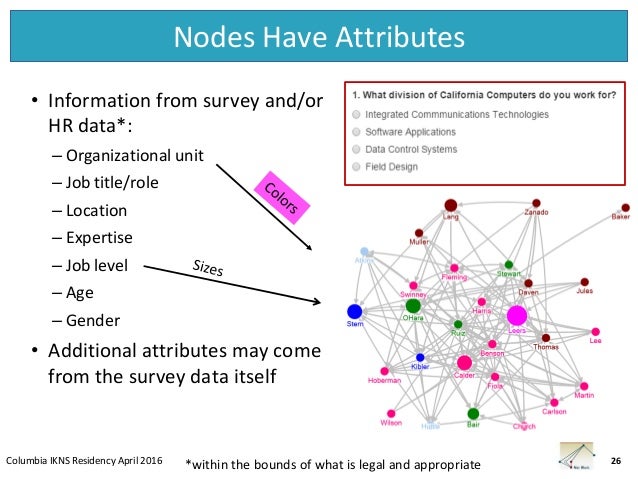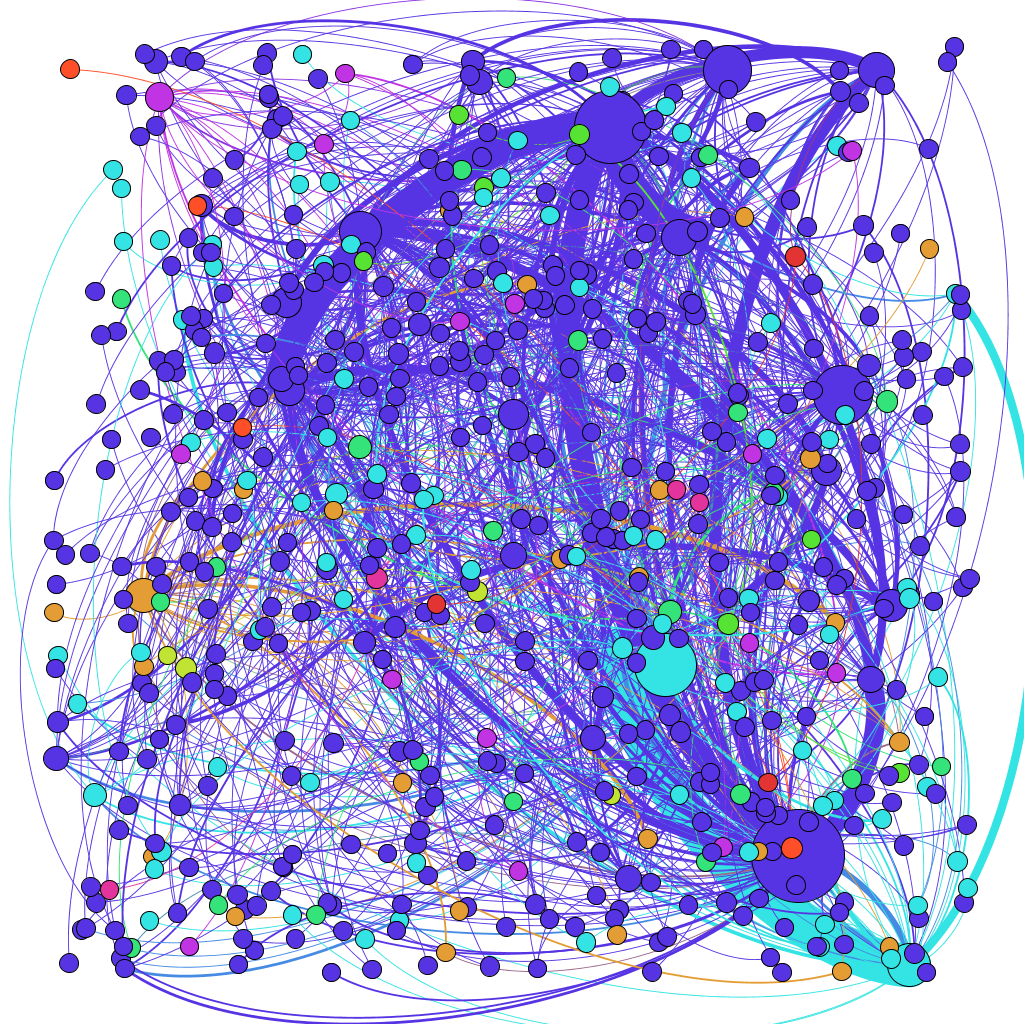


Derive customer sentiment towards products and services.Understand conversations - what is being said and how it is being received.Spot trends related to offerings and brands.Social media analytics helps companies address these experiences and use them to: Consumers are now holding organizations to account for their brand promises and sharing their experiences with friends, co-workers and the public at large.” And news about a bad product - or a bad experience with a customer service rep - can spread just as quickly. IBM points out that with the prevalence of social media: “News of a great product can spread like wildfire. Social media analytics tools typically incorporate listening into more comprehensive reporting that involves listening and performance analysis. Listening is monitoring social channels for problems and opportunities. Social media analytics includes the concept of social listening. Fragments of text are returned, loaded into a database, categorized and analyzed to derive meaningful insights. Data about keywords or topics is retrieved through search queries or web ‘crawlers’ that span channels. Social media analytics uses specifically designed software platforms that work similarly to web search tools. It also differs from reporting offered by services that support marketing campaigns such as LinkedIn or Google Analytics. Social media analytics is broader than metrics such as likes, follows, retweets, previews, clicks, and impressions gathered from individual channels. Social media analytics is the ability to gather and find meaning in data gathered from social channels to support business decisions - and measure the performance of actions based on those decisions through social media. Practitioners and analysts alike know social media by its many websites and channels: Facebook, YouTube, Instagram, Twitter, LinkedIn, Reddit and many others.


 0 kommentar(er)
0 kommentar(er)
